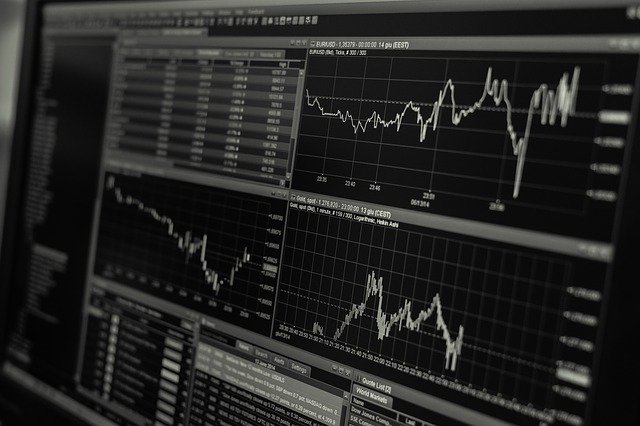The S&P 500 and the Nasdaq Composite bounced on Friday as Wall Street attempted to find its footing following a brutal week of selling. But all the major averages ended the week in the negative, with the S&P 500 posting its worst week since 2020.
Sponsored content:
The Dow Jones Industrial Average slipped 38.29 points, or 0.13% to 29,888.78, while the S&P 500 gained 0.22% to close at 3,674.84. The Nasdaq jumped 1.43% to 10,798.35.
Stocks were volatile during Friday’s trading, switching between gains and losses as investors grew increasingly worried about a potential economic slowdown.
Several key pieces of economic data fell short of forecasts this week, ranging from May retail sales to housing starts. Additionally, the Federal Reserve raised its benchmark interest rate by the most since 1994.
The S&P 500 closed down 5.8% for the week, with all 11 of its sectors finishing more than 15% below their recent highs.
Sponsored content: OurLifeStore.com is a veteran owned e-commerce with over 40k items at great prices & always free shipping
The Dow closed again under the 30,000 mark after dipping below that level on Thursday for the first time since January 2021. The 30-stock average closed down 4.8% for the week, its 11th negative week in 12. The tech-heavy Nasdaq Composite also slipped 4.8%.
“It’s clear that there’s still some volatility and that’s a situation that’s going be with us for a while given the rising uncertainty,” said John Canavan, lead analyst at Oxford Economics. “I do think that after the extreme moves that we’ve seen over the past week, it’s sort of an exhausted market looking to a three-day weekend and just trying to find a place to settle in.”
Loading chart…
Markets on Friday encountered a “quadruple witching.” This refers to the simultaneous expiration of stock index futures, single-stock futures, stock options and stock index options, which happens once a quarter. It typically leads to a surge in trading volume, making for choppy trading action or volatility as traders close out positions.
Beaten-up tech shares staged a rally on Friday. Investors have heavily sold off the growth sector as rates rise. Shares of Amazon jumped 2.5%. Apple, Nvidia, Tesla and Netflix added more than 1%.
Travel stocks Carnival and Norwegian Cruise Line also rebounded, jumping roughly 10% each. Airbnb and airline stocks also finished the session higher.
The Dow closed marginally lower on Friday, dragged down by shares of Chevron, Walmart and Goldman Sachs. American Express gained nearly 4.9% and Boeing added about 2.6%, cutting back some of those losses.
Consumer discretionary, communication services and information technology jumped about 1% on Friday but posted losses for the week. Energy continued its retreat, falling 5.5%.
Comments from the Federal Reserve Chairman Jerome Powell on Friday echoed the central bank’s commitment to tamping down inflation after hiking rates by 75 basis points earlier this week. The Fed is “acutely focused on returning inflation to our 2 percent objective,” he said.
The stock market’s weekly moves raised further questions as to when a recession will come, if it hasn’t already hit.
“Near-term recession has become a foregone conclusion for many investors; the only questions now are its duration and the severity of its impact on earnings,” said Chris Harvey, Wells Fargo Securities head of equity strategy, said in a note Friday.

